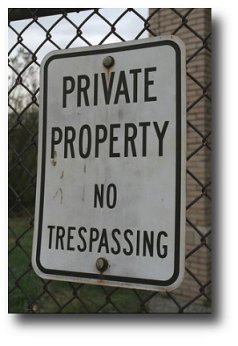|
First Principles of Business Law |
| The tort of Negligence |
|
2. The origins of the tort of Negligence |
|
2.1. 'Trespass' and 'Actions on the case' |
|
How did the tort of Negligence originate? Historically, there were two main actions in tort. These were 'trespass' and 'actions on the case'. Trespass to land, person or chattels. The torts of trespass to land, the person or chattels required a plaintiff to prove 'direct' and 'forcible' injury or interference with the plaintiff's person or property. But there was no need to prove any actual damage and it did not matter whether the defendant had acted either wilfully, carelessly or accidentally. These characteristics are present in the modern law of trespass (see the module 'The scope of tort law'). Actions on the case. Actions on the case involved particular situations where a defendant had caused actual harm to the plaintiff. A claim for damages could be brought if the harm was caused by the defendant's act or failure to act. But the plaintiff had to prove that the defendant had acted either intentionally or negligently. 'Actions on the case' are the antecedent of the modern tort of Negligence which, broadly speaking, creates liability for harm caused either directly or indirectly, and either intentionally or negligently. |
|
|
|
